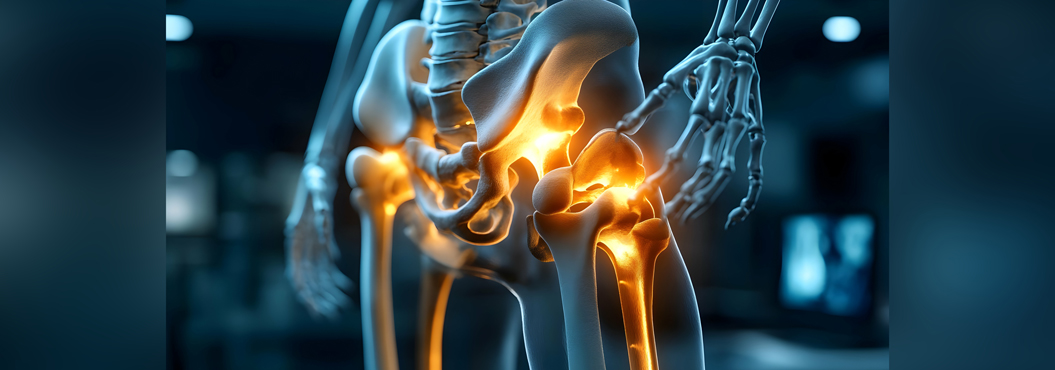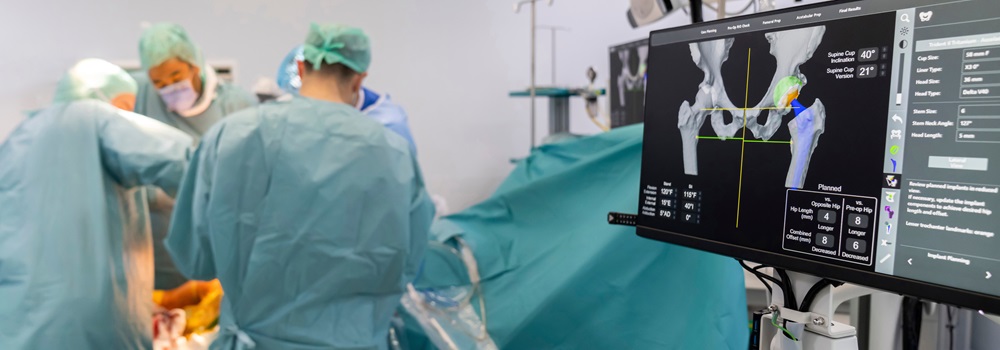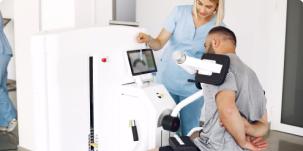In 2025, the healthcare landscape is set to change significantly with the introduction of the "No Pain Act," a groundbreaking piece of legislation aimed at transforming pain management practices in the United States. This new law has important implications for patients undergoing hip and knee replacement surgeries, as it focuses on minimizing opioid use and enhancing patient recovery through alternative pain management strategies.
What is the "No Pain Act"?
The "No Pain Act" is designed to address the opioid crisis by encouraging the use of non-opioid pain management methods. It promotes research and development of new pain relief technologies and therapies and incentivizes healthcare providers to adopt these alternatives. The overarching goal is to reduce the reliance on opioids, which have been linked to addiction and other serious health issues, while still effectively managing postoperative pain.
How Will This Affect Hip and Knee Replacement Patients?
-
Increased Access to Non-Opioid Pain Relief Options
Patients undergoing hip and knee replacements can expect greater access to non-opioid pain relief options. This includes the use of medications such as acetaminophen and nonsteroidal anti-inflammatory drugs (NSAIDs), as well as newer treatments like local anesthetics and nerve blocks that provide targeted pain relief without the systemic effects of opioids.
-
Enhanced Recovery Protocols
The "No Pain Act" encourages the implementation of enhanced recovery after surgery (ERAS) protocols. These are comprehensive care pathways designed to minimize pain and expedite recovery. ERAS protocols include multimodal pain management strategies that combine different types of pain relief methods to maximize effectiveness while minimizing side effects.
-
Focus on Patient Education and Involvement
Another significant aspect of the Act is its emphasis on patient education. Patients will be better informed about their pain management options and the potential risks associated with opioid use. This empowers patients to make informed decisions about their care and encourages active participation in their recovery process.
-
The Role of the On-Q Pump
A key component of non-opioid pain management is the use of devices like the On-Q Pump. This portable, continuous infusion pump delivers local anesthetics directly to the surgical site, providing targeted pain relief. The On-Q Pump allows for effective pain control without the side effects associated with systemic medications, and patients often report lower pain scores and reduced need for opioids postoperatively. Its use aligns perfectly with the goals of the "No Pain Act," helping patients to manage pain effectively while minimizing opioid consumption.
-
Potential for Improved Outcomes
By reducing opioid use, the "No Pain Act" aims to decrease the risk of opioid-related complications, such as dependency and overdose. This can lead to improved surgical outcomes, as patients experience fewer side effects and complications, potentially resulting in shorter hospital stays and quicker returns to normal activities.
-
Challenges and Considerations
While the Act offers many benefits, there are also challenges to consider. Transitioning to non-opioid pain management may require adjustments in clinical practice and additional training for healthcare providers. Patients may also need time to adapt to new pain management protocols and may have concerns about the effectiveness of non-opioid alternatives.
Conclusion
The 2025 "No Pain Act" represents a significant shift in pain management practices, particularly for patients undergoing hip and knee replacements. By prioritizing non-opioid pain relief and enhancing patient education, the Act aims to improve patient outcomes and reduce the risks associated with opioid use. As these changes take effect, patients can look forward to more effective and safer pain management options, leading to better overall recovery experiences.
Dr. Mitchell McDowell and his team at M Bone and Joint are committed to staying at the forefront of these advancements, ensuring that patients receive the highest standard of care with the latest pain management techniques. If you're considering hip or knee replacement surgery, understanding the implications of the "No Pain Act" and the potential benefits of devices like the On-Q Pump can help you prepare for a smoother, more comfortable recovery.










